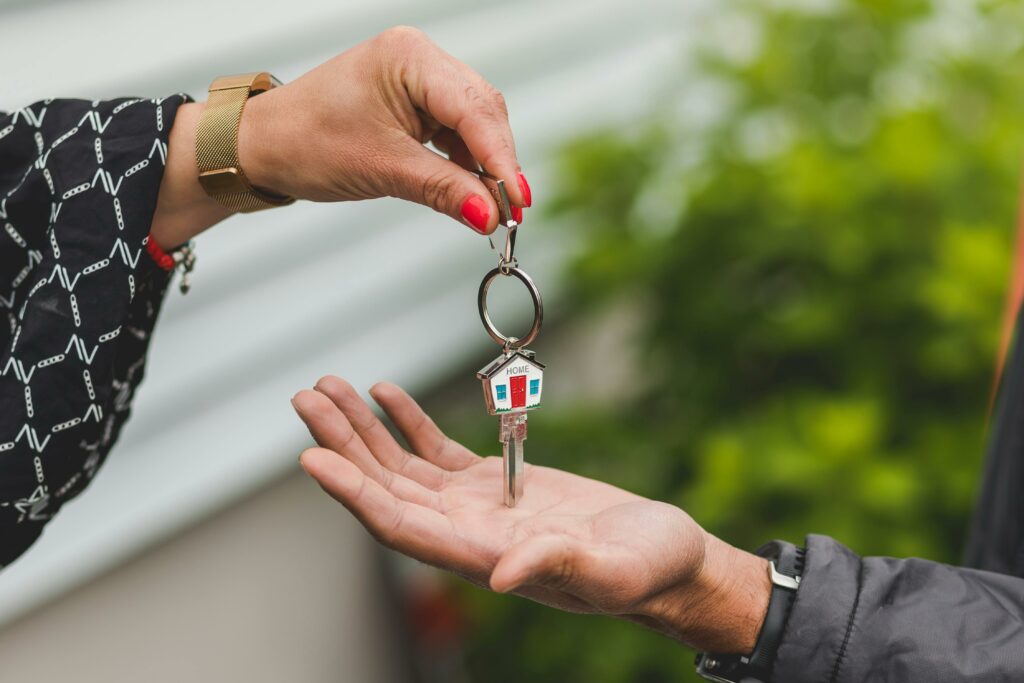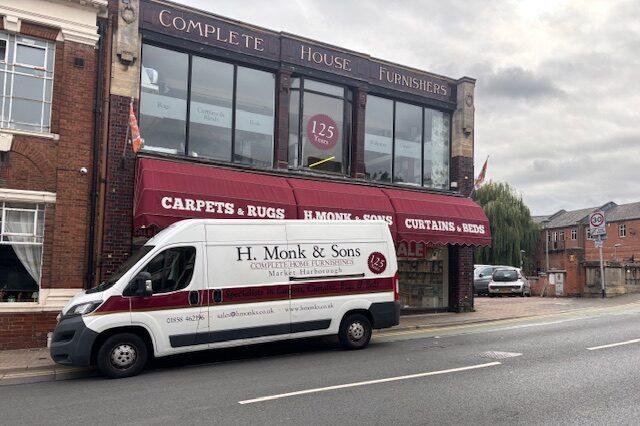House sales and homemovers play a significant part in boosting the furnishing industry. We take a look at how the housing market is changing through the new TwentyCi Property & Homemover Q3 2025 Report.
According to the latest TwentyCi report, almost 1.6 million homeowners are in the process of moving, marking an increase of 100,000 compared to last year. As part of the latest research, the analytics firm revealed that the market is operating at an elevated level, compared to this time last year.
During 2025, over 1.4 million properties have been listed for sale which is 3.7% higher than 2024, while there are now more than one million properties with a Sale Agreed this year, 5.1% higher than 2024.
Given these numbers, TwentyCi has forecast that property transactions will reach 1.15 million at the end of the year, 7% higher than the 1,102,400 purchases recorded in 2024.
This trend bodes well for homeware retailers, since homemovers represent a high-intent customer group, typically purchasing new furniture, appliances, and essentials to suit their new environment. Many also undertake renovations or repairs and are more likely to review and switch providers across utilities, broadband, insurance, and related services.
Colin Bradshaw, CEO of TwentyCi said: “Our latest market analysis indicates an increase in property transactions year-on-year, a promising sign for retailers supporting homemovers as they personalise their new spaces. With an average spend of £1,500 per buyer across 1.15 million sales, that’s £1.73 billion in potential expenditure. Add renters to the equation, and the opportunity approaches £2.17 billion.
“Given that homemovers spend considerably more than non-movers, they constitute a valuable target demographic for retailers. Understanding the Homemover Wave, which is the series of predictable stages people go through when moving home and the consumer behaviours associated, is imperative.”
In the first week alone, 7.7% of all mover purchases are made, and nearly a quarter (23.8%) of total spending lands within the first month. Yet the spending continues steadily, with the middle half of mover purchases occurring between day +8 and day +176 after a move.

“This timeline is grounded in observed consumer behaviour across multiple categories,” Colin continued. “Broadband installations typically happen before moving day; beds and sofas dominate the first 48 hours; flooring purchases follow once measurements are confirmed; and kitchen, bathroom and soft furnishing upgrades take place as rooms take shape. Even car sales show a notable spike around day +31.
“Together, these trends highlight the sustained and diverse economic impact of homemovers, a consumer group whose purchase activity fuels retail growth long after the boxes are unpacked. With around 100,000 more households moving home than at this time last year, there’s clear momentum in the market.
“Gaining insights into the Homemover Wave and identifying precisely when customers are most likely to purchase specific goods along their moving journey, enables retailers to optimise targeting and engage consumers at the most opportune moments.
“They should tap into the homemover opportunity by rolling out ‘move-in bundles’ during the first 30 days post-move, then shift focus to room upgrades, lighting, and outdoor spaces through months two and three. Homemovers deserve their own CRM journey because they shop differently, and their needs evolve fast.”

Digging deeper into the report, it signals that the supply of New Instructions in Q3 2025 increased by 1.7% compared to Q3 2024. During 2025, over 1.4 million properties have been listed for sale. The residential property market continues to perform at a slightly elevated level compared to 2024.
Sales Agreed volumes are up by 5.3%, increasing by more than 7% year-on-year, while Sales Agreed volumes are up by 3.2% in the same period. Exchanges are on par with Q3 2024. Year-to-date, HMRC has reported 780,000 transactions, which is 12.8% higher than 2024 and 2.9% higher than pre-pandemic 2019.
As for UK regions, year-on-year growth is strongest in Wales (8.6%), with the East Midlands and the North West also seeing growth of over 8%.
In general, demand is increasing more in the Midlands and the North than in London and the South, with the largest growth in the £350k-£1m pricing segment (7.4%), followed by £200k-£350k (7.0%).

Regionally, when comparing Q3 2025 with Q3 2024, the East Midlands saw the strongest growth in Sales Agreed, at 6.5%, followed by Scotland and Wales, at 5.6%. Meanwhile, Inner London experienced a 3.8% decline, and Northern Ireland dropped by 2.7%.
For major cities, Cardiff led the way with a 6.4% increase in Sales Agreed in Q3 2025 compared to Q3 2024. Scotland fared well, with Glasgow seeing a rise of 4.8% and Edinburgh 4.4%.

“With 82,000 sales falling through in Q3 alone, we’re fully behind the government’s push to shake up the homebuying process,” Colin said. “Waiting four months just to exchange contracts is far too long – no wonder buyers get cold feet, or unexpected issues crop up in surveys.
“A bit more upfront info at the start could really help smooth things out. As we head into the final stretch of the year, we’re cautiously optimistic. If the autumn budget plays ball, we’re on track to hit 1.15 million completed transactions in 2025.”















